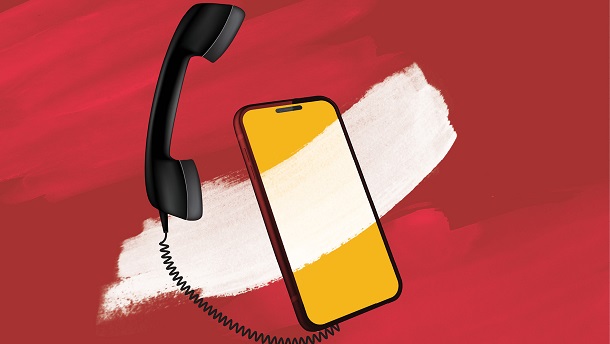
Summary: An engaged workforce—across generations—is the best vaccine for any organisation to help it develop immunity against future crisis; but are the leaders listening? Organisations need to learn from both the mistakes they made and the things they got right during this pandemic.
Log In or become an AIMA member to read more articles
